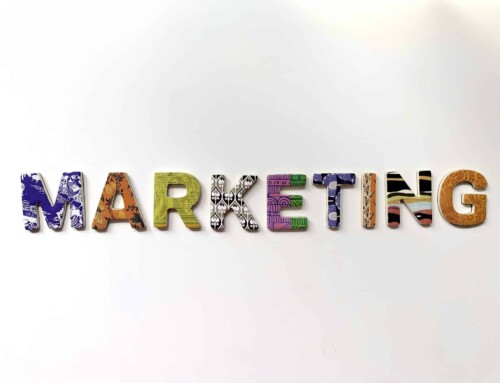Branding on social media with influencer marketing is becoming more and more popular.
As the popularity of influencer marketing becomes more popular it will bring with it significant changes for social influencers as well as the brands that collaborate with them. Which bring up the question what are the opportunities and implications for marketers, and how should businesses adapt to a changing environment?
Influencer marketing is a massive and rapidly expanding sector, with a global market value of $16.4 billion expected in 2022. Influencer marketing has been employed by 93% of marketers, and 66 percent of firms anticipate expanding influencer spending. In 2021, the usage of influencers and social media platforms will have increased by 29%. However, with rising success comes increased accountability, and influencers must now follow the same standards as the rest of the advertising sector.
Influencer marketing regulation
In 2020, the first important regulation governing influencer marketing went into effect. Australia follows the lead of the United States and the United Kingdom in requiring the disclosure of sponsored content. The Australian Influencer Marketing Council (AIMCO) recently published an Influencer Marketing Code of Practice to increase industry trust and transparency.
The Therapeutic Goods Administration (TGA), Australia’s medical authority, has released a new code. Influencers will be prohibited from delivering sponsored testimonials on therapeutic items as a result of this. This change aligns these items with all other advertising formats. Influencers can still recommend and promote therapeutic items in exchange for money or gifts as long as the endorsement follows TGA guidelines. They are not, however, permitted to submit a personal testimony.
This rule has my support since it will help to professionalize the sector and finally solidify influencers as mainstream advertising channels. However, this transition will bring with it several considerations.
Influencers are turning into a business
Influencers will grow more business-like for brands. Influencers will be more aware of their worth and will want remuneration rather than freebies. It is critical to compensate all influencers, regardless of the following. It’s a commercial transaction, and both parties must respect each other’s business imperatives. While we can already observe anecdotally that giving is not a good tactic, it also doesn’t work when firms try to use minority groups to magnify their message without compensating them. This was evident during Black History Month and the most recent Sydney Mardi Gras.
Consumers are getting pickier at the same time. There is little doubt that influencers have benefited from consumers’ rising suspicion of traditional advertising, but there are hints that this distrust may be spreading to influencers as well. Indeed, consumer skepticism of social media marketing has grown, and they are increasingly worried about the integrity and authenticity of firms. As a result, they are more likely to trust micro-influencers than macro-influencers who provide more real and personalized material, are experts in specialized fields, and communicate with their followers.
Influencers partnering with non-profits and charity
As the business expands, influencer marketing is moving beyond sales-driven consumer campaigns and into charities and non-profit organizations that are increasingly relying on influencers for advocacy. There are advantages for both parties, with charity obtaining low-cost exposure to a more trustworthy audience and influencers earning legitimacy by linking themselves with good causes.
Amnesty International’s “10 Days to Sign” advocacy initiative, which has earned accolades for leveraging influencers to raise awareness of individuals across the globe whose rights are being violated and encourage followers to compel governments to act, is a fantastic example of this. Amnesty International is sponsoring a “Raise the Age” campaign in Australia to raise the age of criminal culpability from 10 to fourteen. Some FMCGs, such as Chobani’s relationship with Food Bank, are also focused on advocacy.
The fact is that regardless of shifting legislation or possible hurdles, engaging with influencers is no longer a question of ‘whether’ a company should do so. It’s a matter of ‘when,’ not ‘if,’ whether you’re a B2B, B2C, or NGO. Those who do not will undoubtedly fall behind. So, while the current changes will necessitate adaptation on the part of brands and influencers, they will ultimately benefit the industry by bringing more transparency and accountability to influencer marketing, and branding will make a genuine difference while also increasing customer trust and confidence.


